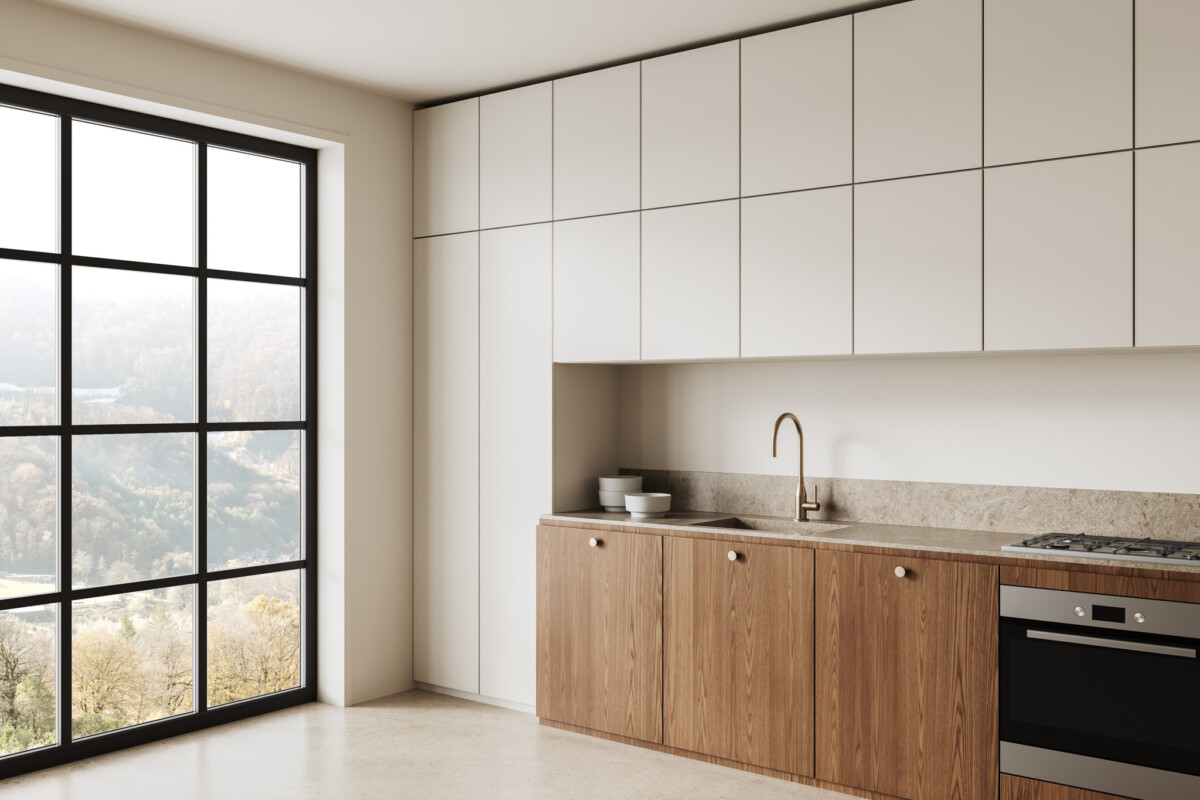Buying your first home is a significant milestone—but once the papers are signed and the keys are in your hand, a new challenge often awaits: renovation. Whether your new home needs a full-scale overhaul or a few key updates, the renovation process can be overwhelming, especially for first-time homeowners. The good news? With thoughtful planning and a clear roadmap, you can transform your home into a space that reflects your taste, lifestyle, and needs—without the stress.
Here’s a comprehensive 1000-word guide to help you plan your house renovation like a pro.
1. Define Your Renovation Goals
Start by identifying exactly what you want to achieve with your renovation. Are you improving functionality, increasing resale value, fixing structural issues, or enhancing aesthetics? Make a list of your priorities:
- Must-haves: Essential repairs (e.g., plumbing, roofing)
- Nice-to-haves: Cosmetic upgrades (e.g., paint, fixtures)
- Plans: Potential additions (e.g., extra room, deck)
Having clear goals helps you allocate your budget wisely and keeps the project focused.
2. Evaluate Your Home’s Condition
Before swinging a hammer, get a detailed understanding of your home’s condition. Consider hiring a licensed home inspector or contractor to help you identify:
- Structural integrity
- Plumbing and electrical systems
- HVAC systems
- Roof and foundation
- Mold, pests, or water damage
This evaluation may uncover hidden issues that must be addressed before cosmetic improvements, ensuring your renovation is safe and effective.
3. Set a Realistic Budget
Renovations often cost more than expected, so creating a realistic budget with some flexibility is essential. Start by pricing out:
- Contractor or labor fees
- Permits and inspections
- Materials and appliances
- Temporary living arrangements (if needed)
- Contingency fund (10–20% of total cost)
Use a spreadsheet to track expenses and stick to your financial plan. Prioritize spending on long-term value rather than fleeting trends.
4. Plan the Timeline
Create a detailed timeline based on the scope of your renovation. A well-planned schedule minimizes disruption and keeps contractors accountable. Break your timeline into phases:
- Design and planning
- Permits and approvals
- Demolition
- Structural and system updates
- Finishing touches
Include buffer time for delays caused by weather, permit approvals, or back-ordered materials.
5. Research Design Inspiration
Now for the fun part: visualizing your dream space. Gather design ideas from:
- Pinterest boards
- Interior design magazines
- Home renovation blogs
- Model homes and showrooms
- Social media (Instagram, YouTube, TikTok)
Create mood boards or a digital scrapbook to share with designers or contractors. Your inspiration will help maintain a cohesive look and feel across the home.
6. Hire the Right Professionals
Unless you’re a seasoned DIYer, hiring experienced professionals is wise. Depending on the complexity of your renovation, you may need:
- Architects: for structural changes or extensions
- Interior designers: for layout and aesthetic decisions
- General contractors: to manage subcontractors and the timeline
- Specialized tradespeople: electricians, plumbers, painters, etc.
Ask for referrals, read reviews, and interview multiple candidates before deciding. Always check licenses, insurance, and references.
7. Secure Permits and Insurance
Many renovations—especially those involving plumbing, electrical, or structural changes—require permits from your local municipality. Failing to get permits can result in fines, delays, or having to redo work.
- Check with your local building department for required permits
- Factor in time for approval into your schedule
- Ensure contractors pull permits where required
Also, notify your home insurance provider about upcoming renovations to ensure your policy covers any potential damages during the work.
8. Choose Quality Materials
The materials you choose will impact your renovation’s appearance and longevity. While it might be tempting to save on lower-cost options, investing in quality pays off in the long run.
Focus on durable, low-maintenance materials for high-use areas like kitchens and bathrooms. Consider eco-friendly options to reduce your carbon footprint and utility bills.
9. Prepare Your Home for Renovation
Before work begins, take steps to protect your home and belongings:
- Clear out the renovation area
- Cover floors and furniture
- Set up a temporary kitchen or bathroom if needed
- Secure valuables
- Inform neighbors about potential noise or disruptions
If the renovation is extensive, consider staying elsewhere during key phases.
10. Communicate Clearly and Often
Effective communication with your contractor or renovation team is key to a successful project. Set regular check-in meetings, ask for progress updates, and don’t be afraid to raise concerns. Use tools like:
- Project management apps (Trello, Asana)
- Shared calendars or spreadsheets
- Email and text updates
The more informed you are, the better decisions you’ll make—and the fewer surprises you’ll face.
11. Monitor the Work Closely
Don’t wait until the end to inspect the results. Visit the site regularly to:
- Ensure the work aligns with your plans
- Catch mistakes early
- Confirm safety practices are being followed
Document progress with photos and notes. This can be helpful if you need to address issues or compare work against contracts.
12. Plan for the Unexpected
Even the best-laid plans can go awry. Materials get delayed, contractors get sick, or you discover old wiring behind a wall. Being mentally and financially prepared for setbacks makes them easier to handle.
Stick to your core renovation goals, remain flexible, and be ready to adapt when necessary.
13. Final Walkthrough and Punch List
Once the renovation is complete, do a final walkthrough with your contractor. Create a punch list of:
- Incomplete items
- Touch-ups
- Deficiencies or damage
Don’t make final payments until all punch list items are completed satisfactorily. Keep documentation of warranties, permits, and manuals for future reference.
14. Enjoy Your Renovated Home
Once the dust settles and the last contractor leaves, it’s time to enjoy your transformed space. Host a housewarming party, take before-and-after photos, and reflect on how far your home has come.
Renovations can be stressful, but they’re also a valuable investment in your comfort, lifestyle, and property value.
Final Thoughts
Planning a house renovation as a new homeowner doesn’t have to be overwhelming. You can manage the process by following these steps—setting goals, budgeting smartly, hiring the right people, and staying organized. Every renovation has its hurdles, but the reward is a space that feels like home.
Whether it’s your first renovation or the first of many, the key is preparation. Plan well, be patient, and enjoy the journey of turning your house into a personalized haven.
Thank you for reading! If you enjoyed this article and want to explore more content on similar topics, check out our other blogs at Sonic Loans, Sonic Realty, and Sonic Title. We have a wealth of information designed to help you navigate the world of real estate and finance. Happy reading!
Are you looking for the right loan? Check out Sonic Loans for tailored mortgage solutions that make home financing simple and efficient.
Top ROI Neighborhoods in Allen Park, Michigan
What First-Time Homebuyers in Dearborn Should Know
Home Staging Tips That Work in Allen Park
How Inflation Affects Home Loan Rates in Michigan
Why Millennials Are Flocking to Garden City
Remote Online Notarization in Livonia (RON Laws Explained)
First-Time Buyer Loan Programs in Allen Park: A Complete Guide
2025 Real Estate Market Forecast for Dearborn, Michigan
Understanding Local Market Statistics for Homes










